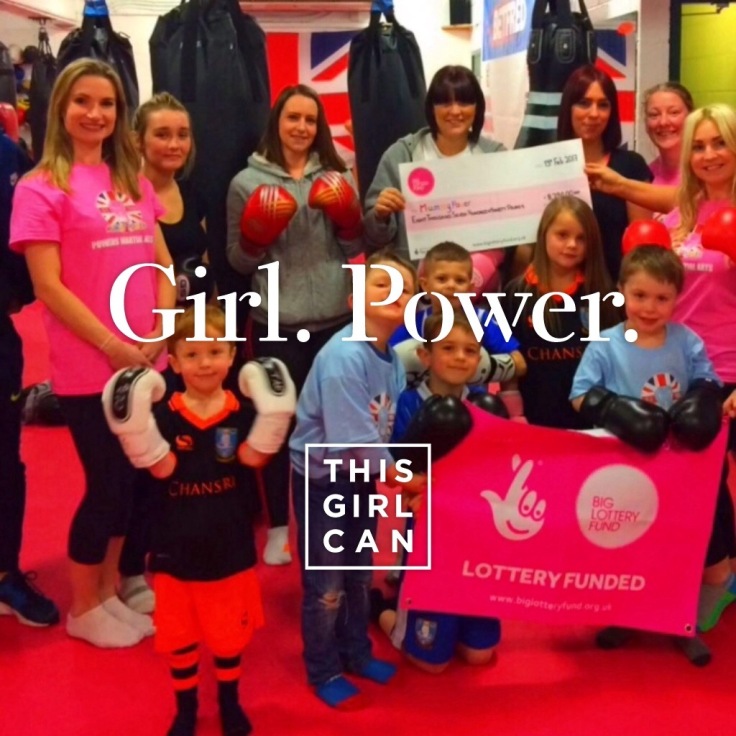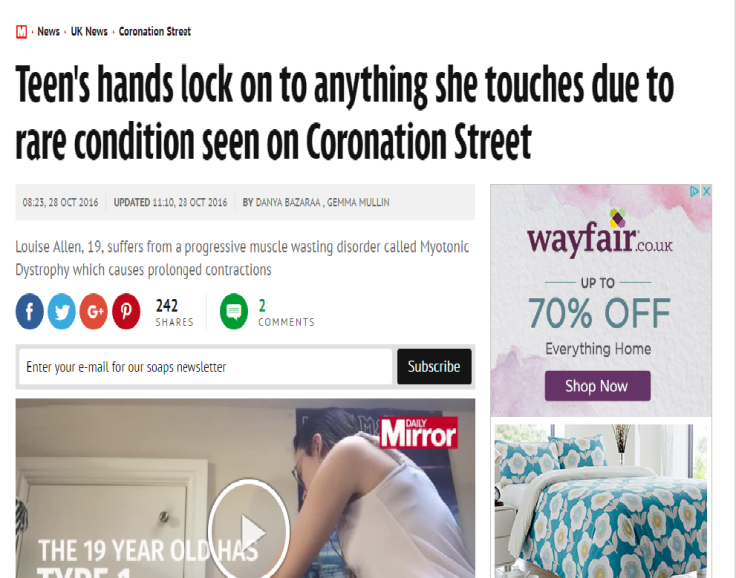The community that surrounds you is a rich source of marketing potential for all businesses. Being good at marketing isn’t about following the norm. It’s about thinking outside the box or literally outside your front door.

Alternative Marketing
Here are two questions all business owners should have on their lips:
- What can I do for my community?
- What can my community do for me?
As a resource for your business, the community around you whether that be within the local vicinity or city-wide, is full of quirky, inspiring and media-hot stories that are just waiting to receive your backing. We are not talking about donating £10 to your local children’s hospice, which is always admirable; but doing something that grabs the attention and reaches the hearts of your customers.
Taking your business marketing activities away from the norm to do something great such as an event for charity, a sponsored challenge or a campaign to raise awareness of local issues or problems could be the difference between, “Oh, there’s an IT company there,” and, “oh look! There’s that IT company that did that amazing challenge.”
We are not talking about donating £10 to your local children’s hospice, which is always admirable, but doing something that grabs the attention and reaches the hearts of your customers.
Benefits of Community Involvement
Implementing the community-focused strategies into your marketing plan can have many benefits for your business but also for the initiative, charity or scheme that you’ve involved yourself with.
Here are some of the main benefits for your business with community involvement:
- Your business gets noticed more effectively than standard advertising.
- It promotes your company as socially conscious, to which there are huge customer loyalties. Examples of successful, well-known ethical companies include Innocent Smoothies, People Tree Clothing, The Green People, and the list goes on.
- It gets you press attention. The media will charge you for an editorial (a salesy-type article), but if you’re smart and have something to say that is in the public interest, you’ll get a mention for free.
- If you raise your profile through community involvement, your chances of being thought of first by customers above other companies in your sector are much higher. Familiarity and subconscious linking are two ideas behind this.
Any business can find an angle to raise their profile through effective PR and positive community involvement. You want your customers to know you’re approachable. You want them to know you care.
For more advice, information or an example of how community involvement works for local businesses, see our Portfolio or Contact Us for more help.
“Be part of your community, not a separate entity. Get involved in order to achieve greatness in 2017” ~ Steel City Hub Ltd (2017).



